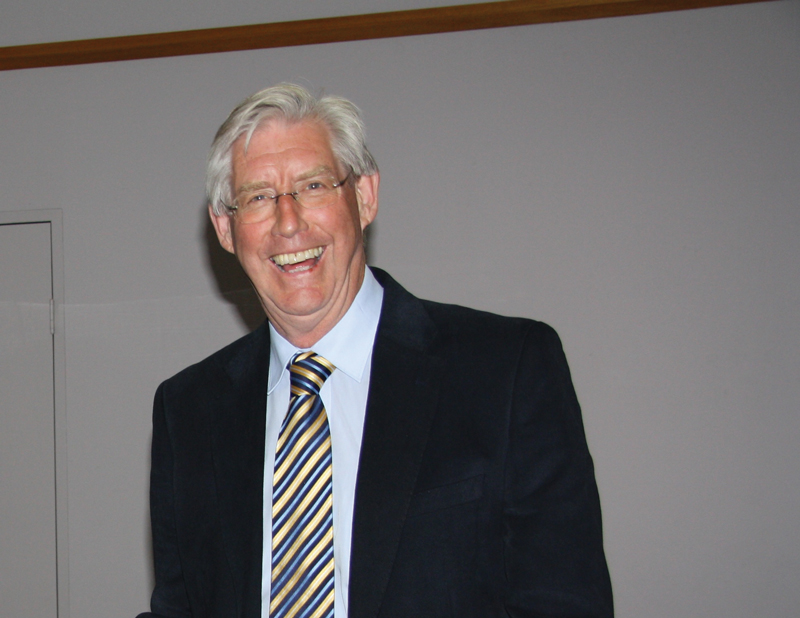Within three years almost half of the councils in NSW will not be financially sustainable. This is the alarming conclusion of a recent NSW Treasury report into the state of local government, making it clear that reform is urgently needed. While Hornsby Shire Council, which I represent, is doing quite well compared to many other councils, it is not immune to the effects of the $7.2 billion infrastructure backlog that currently exists throughout the state.
An even more significant report was released in April, from the Independent Local Government Review Panel, which was charged with the task of finding ways to give ratepayers value for their hard-earned money. Among its recommendations was a readjustment of borders that would, for instance, see Hornsby Council give the
suburb of Epping to an expanded Parramatta Council, then join forces with Ku-ring-gai Council.
Merging councils is an obvious option when trying to streamline the way services are delivered to local communities. Hornsby Shire is one of the biggest in the Sydney basin with a large budget. Yet still we find our strategic capacity is limited when delivering large infrastructure like the Hornsby Aquatic Centre. That project is moving forward very successfully, but it’s worth pondering how much better it could have been if we had greater resources at our disposal.
Local government needs to learn to stand on its own feet without relying upon grants from state and federal governments. That’s why I embrace the Panel’s recommendations and I especially welcome panel chairman Professor Graham Samson’s comments that we need a better calibre of representation on councils. However, I also believe that the government should look at even greater opportunities than those flagged by the Panel. For example, a combined Hornsby, The Hills and Ku-ring-gai Council would bring strategic capacity not seen before in local government in NSW.
There are some councils that are eagerly eyeing off the territory of their neighbours and others that are manning the barricades against any suggestion of amalgamation.
Neither attitude is helpful. What’s needed is a calm and rational conversation, weighing the pros and cons of all proposals as we look for the best way to deliver value to the people who have elected us to represent them.












